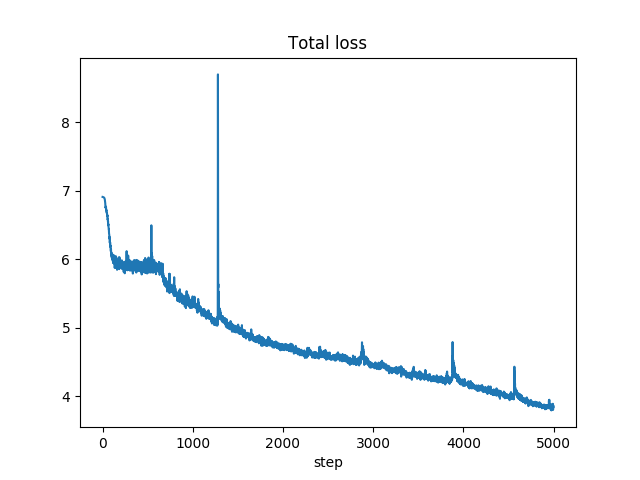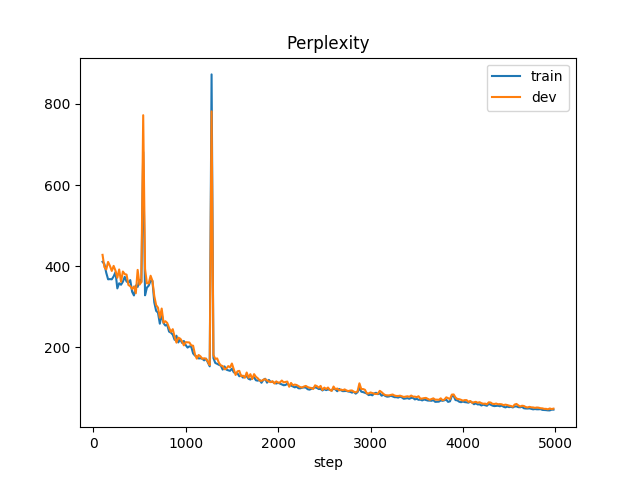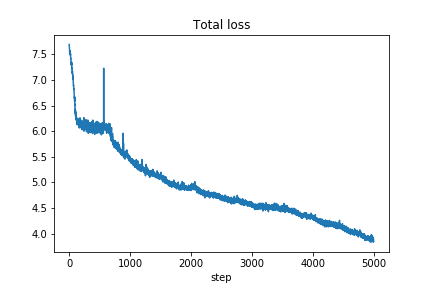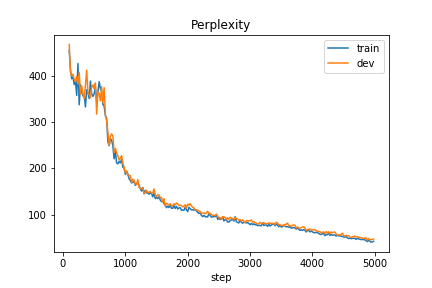This project implements following models with the focus on easy-to-trace-and-understand implementations.
-
Sequence-to-sequence with Attention (Intro): A general encoder-decoder framework that is widely used in Natural Language Processing such as translation, summarization, conversational bot, and more.
-
Emotion Regression: A bi-directional LSTM with self-attention that predicts emotion intensities of a sentence [anger, fear, joy, sadness], proposed by Baziotis, Christos, et al. (2018) for solving SemEval-2018 Task 1.
-
Emotional Chatting Machine: An end-to-end framework from H. Zhou (2018) that can generate emotional responses in open-domain conversational systems (emotional chatbots).
-
Model Configuration: Support YAML format for easy configurations of model architecture.
-
Easy-to-trace: Build pipeline components (encoder, decoder, attention, beam search) with proper annotations.
-
Easy-to-understand: Focus on functional programming style which makes the workflow more understandable.
-
Checkpoint Availability: Saving and loading of half-trained models are enabled (checkpoints).
-
Jupyter Notebook: Demonstrate the whole example workflow in Jupyter notebooks to easily play with.
See example folder for sample data.
Embeddings: 128-dimension, 1000 vocabulary size (integers from 0 to 999).
Encoder-Decoder: 2-layer bi-directional LSTM and 2-layer LSTM (256 hidden) with Bahdanau attention mechanism.
Inference: Beam search decoding, beam size 5.
Training: Cross entropy loss, evaluated by perplexity.
| Training loss | Perplexity |
|---|---|
 |
 |
Prime numbers as simulated emotion words and they are equally split into 4 "emotion" categories.
Sequence with most primes from a certain category is tagged with that "emotion" category.
Emotion Category Embeddings: 32-dimensional vector for each emotion.
Internal Memory: 64-dimensional vector for each emotion.
External Memory: Explicitly promote emotion words against generic words.
| Training loss | Perplexity |
|---|---|
 |
 |
Clone the repo and use the virtualenv:
git clone https://github.com/AaronYALai/Seq2seqAttnTF
virtualenv env3 -p python3
source env3/bin/activate
cd Seq2seqAttnTF
Install all requirements and run the model on example data and configuration:
pip install -r requirements.txt
python train.py
python infer.py
Emotional Chatting Machine:
python train_ECM.py
python infer_ECM.py
The installation of TensorFlow GPU version:
pip install tensorflow-gpu
Run up Jupyter Notebook for interactive executions (Link):
jupyter notebook
-
D. Bahdanau, K. Cho, Y. Bengio. "Neural Machine Translation by Jointly Learning to Align and Translate." ICLR 2015.
-
H. Zhou, M. Huang, T. Zhang, X. Zhu, and B. Liu. "Emotional Chatting Machine: Emotional Conversation Generation with Internal and External Memory." AAAI 2018.
-
Baziotis, Christos, et al. "NTUA-SLP at SemEval-2018 Task 1: Predicting Affective Content in Tweets with Deep Attentive RNNs and Transfer Learning." arXiv 2018.

